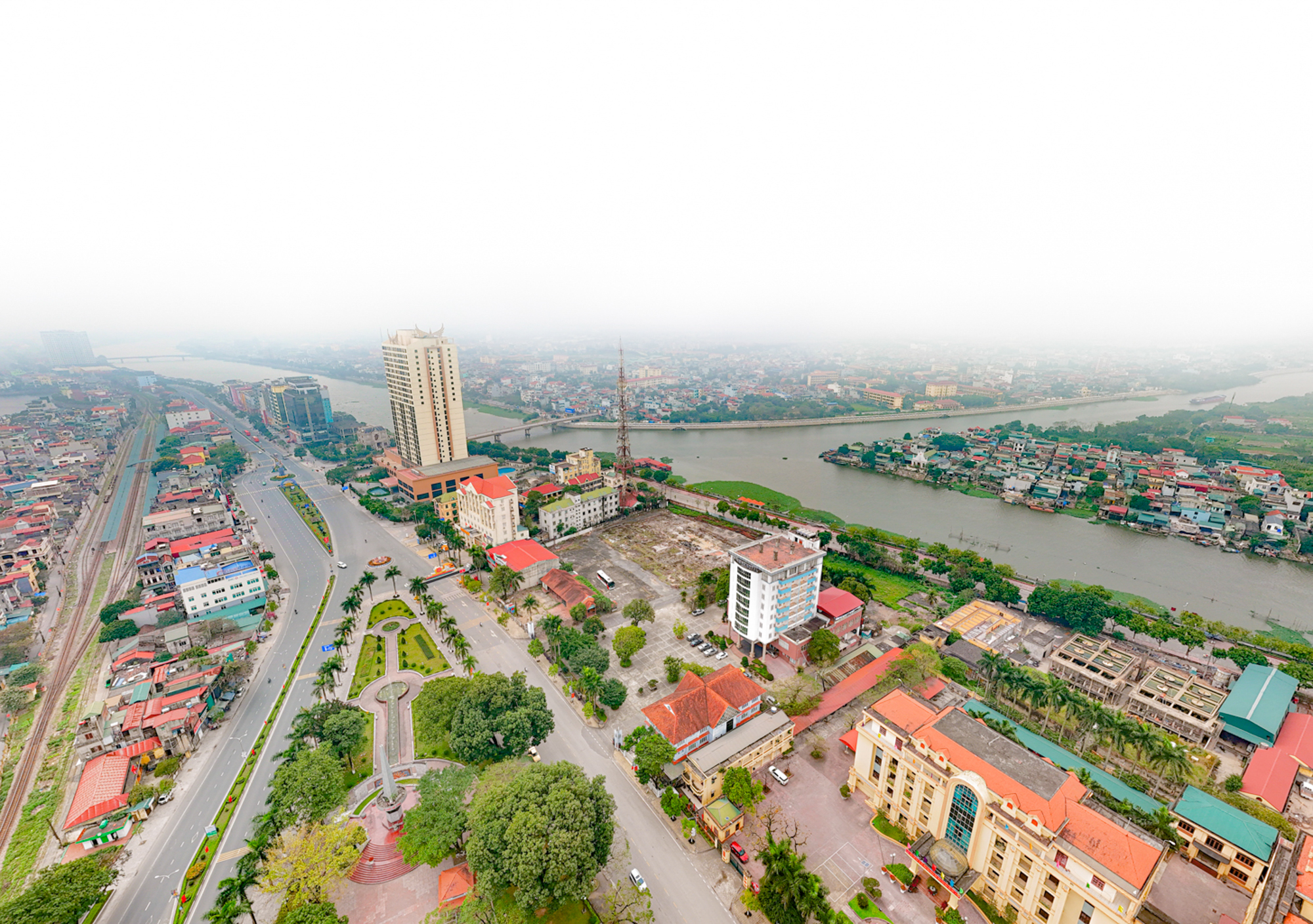
Phu Ly City (Ha Nam) is situated at the southern gateway of the capital city, where National Highway 1A and the North-South Railway pass through. Additionally, Phu Ly is also the meeting point of the Nhuệ River, Châu River, and Đáy River, making it very convenient in terms of road and waterway transportation.
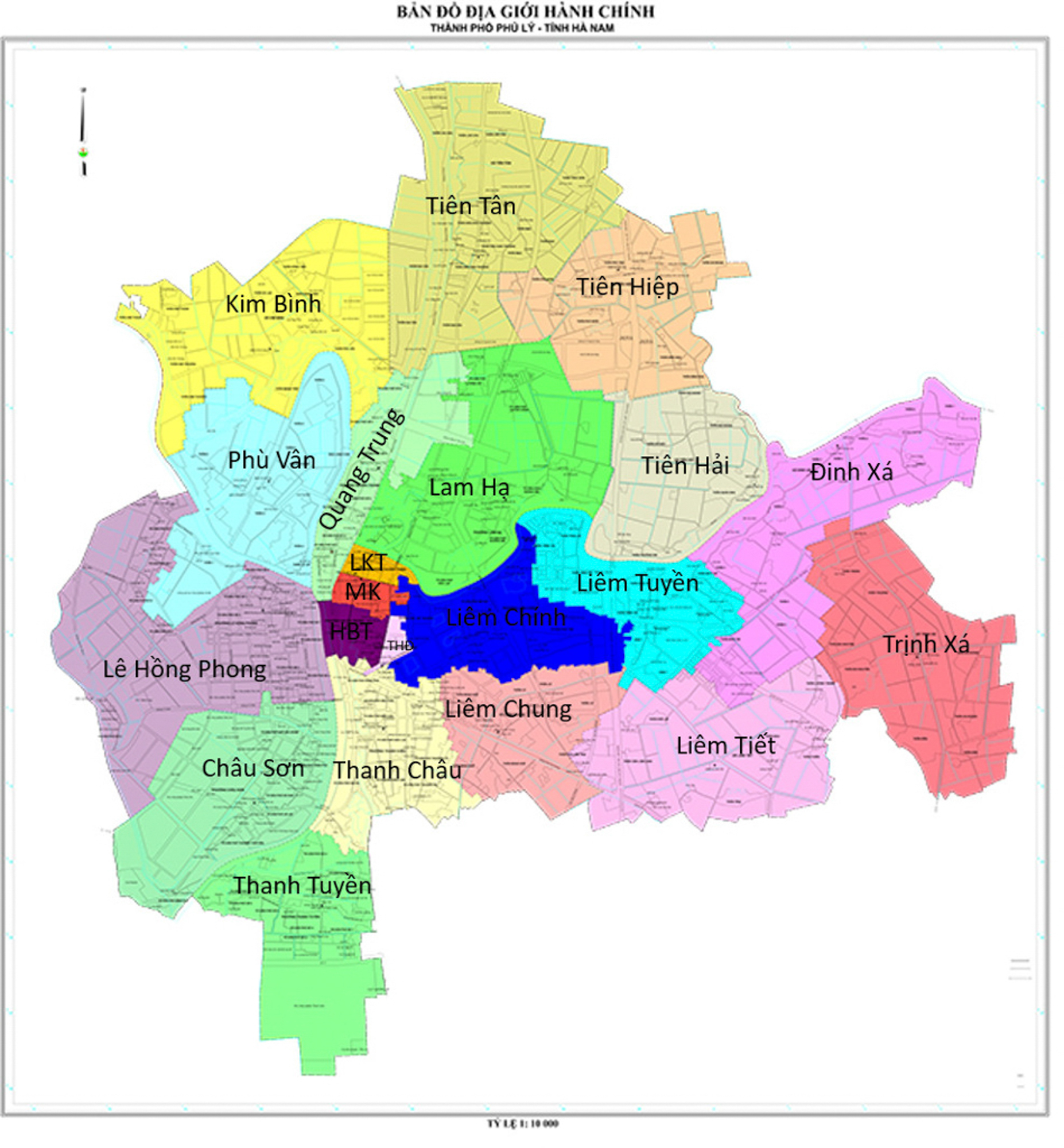
Located in a strategic position, Phu Ly City is the economic, political, and cultural center of Ha Nam province. The city covers an area of approximately 88 km2, with a population of around 167,000 people (2023). Phu Ly currently has 21 administrative units, including 11 wards and 10 communes. The image shows the administrative boundaries of Phu Ly City, source: Ha Nam Provincial People’s Committee.
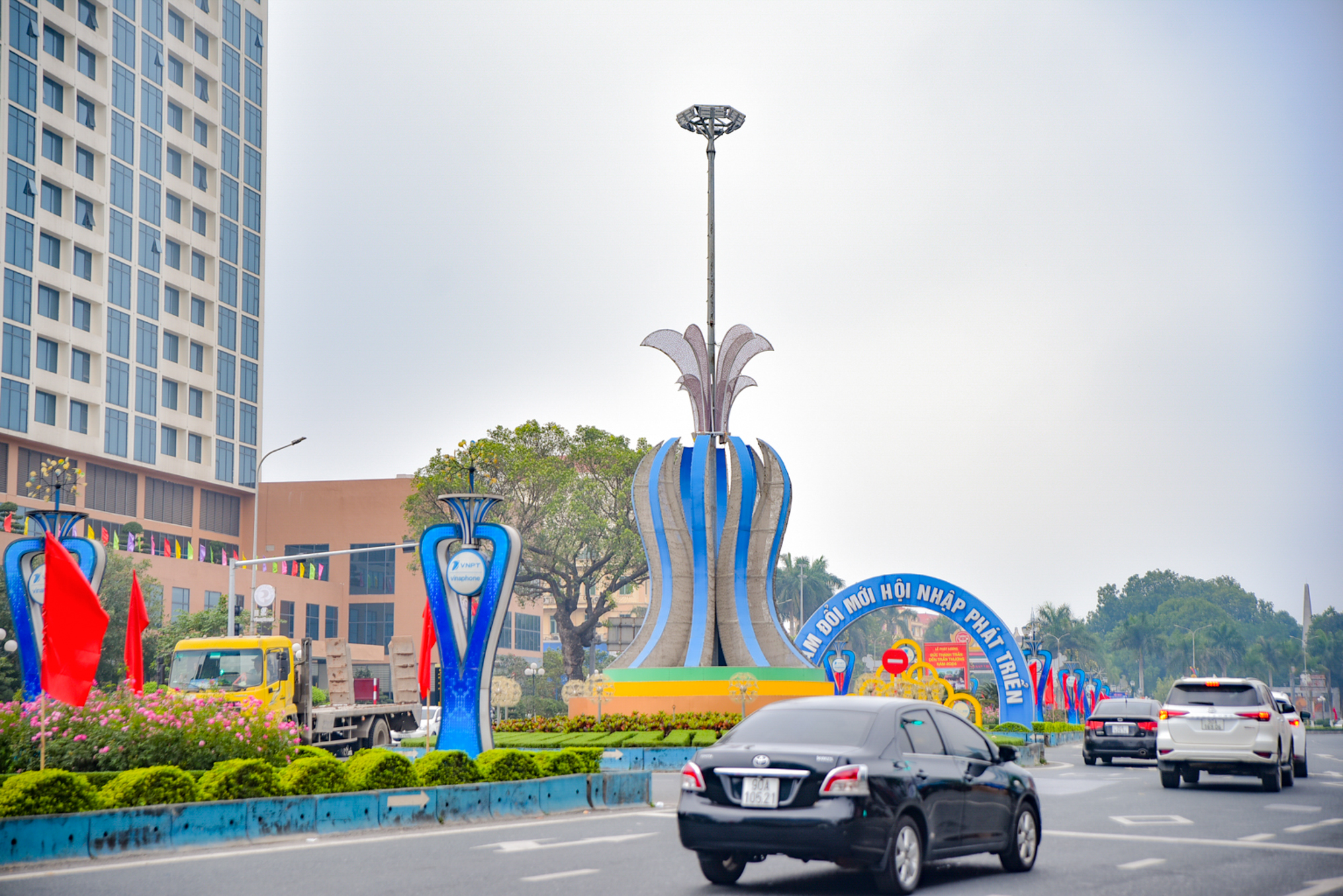
In 2008, Phu Ly town officially became a city under the province. After 10 years of efforts, Phu Ly has transformed from a small town into a dynamic and modern city, and in 2018, it was recognized as a grade 2 urban area. Currently, the city continues to focus on developing its infrastructure system to meet the criteria of a grade 1 urban area and strive to become a satellite city of Hanoi by 2030.

To achieve these achievements, the city has maintained a high economic growth rate, averaging 16.9% per year (19.51% in the period 2016-2020). Along with that is a reasonable economic structure shift. In 2023, the service sector accounted for about 47%, industry – construction accounted for over 52%, and agriculture – forestry – fisheries accounted for only 1%. The industrial and cottage industry production value in 2023 was estimated at over VND 35,000 billion. The total budget revenue is estimated to be over VND 2,300 billion. The image shows Chau Son Industrial Park.
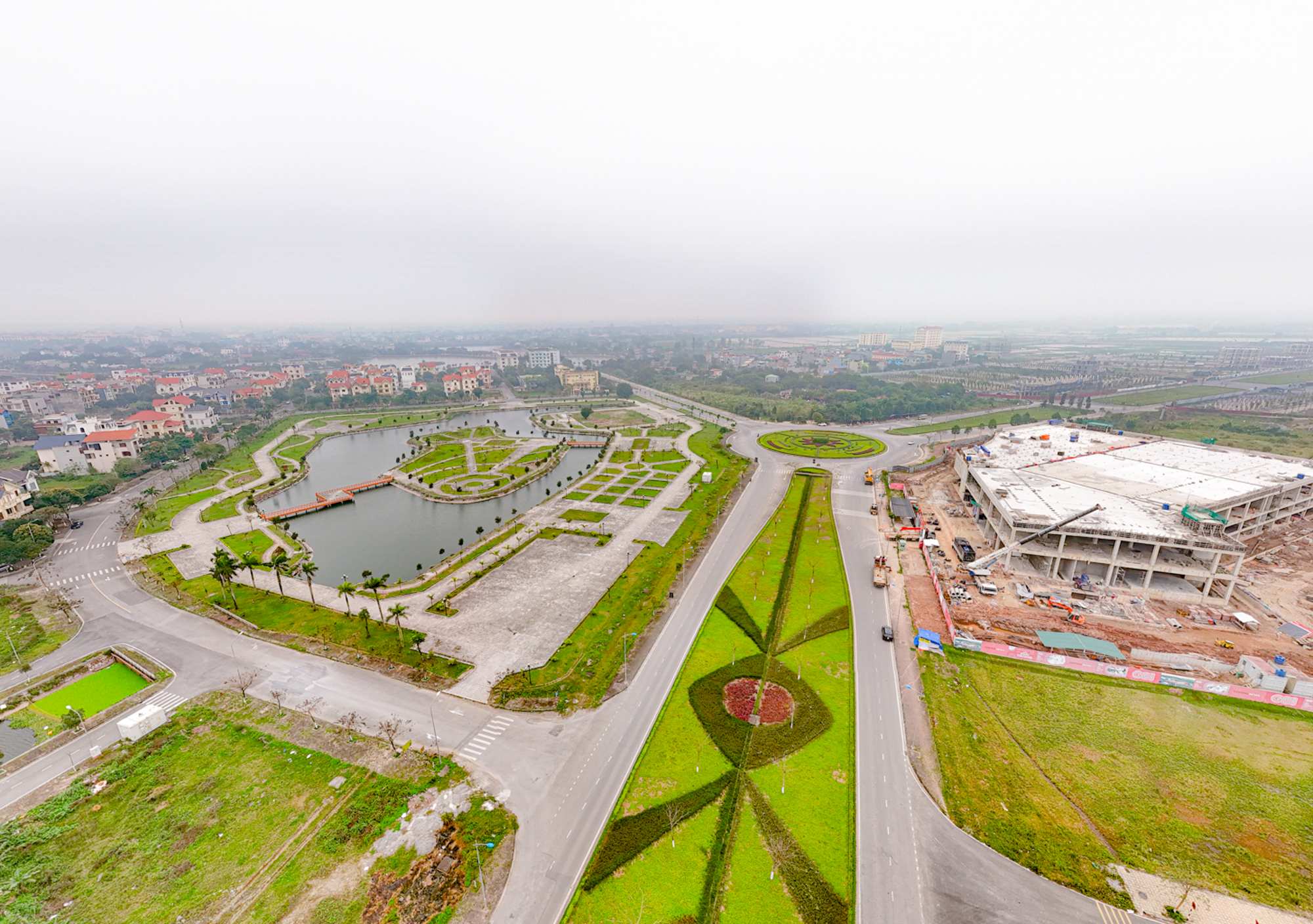
Accompanying outstanding economic growth is the attention to infrastructure construction. Noteworthy projects include the construction of phase 2 of the Liem Chinh Bridge connecting 68m road from Lam Ha ward to Liem Chinh ward; the construction of the railway overpass connecting Phu Ly Bridge to Le Duong Street…Phu Ly also rearranges and constructs sidewalks; plants trees along central roads in the city. The image shows a section of Lam Ha ward adjacent to the Liem Chinh Bridge.

Especially on January 30th, in Tien Hiep commune (Phu Ly City), the Provincial People’s Committee held a conference to announce the Ha Nam Provincial Planning for the period from 2021 to 2030, with a vision to 2050. At the same time, Ha Nam province also started the construction of phase 1 of the Bac Chau Giang New Urban Area project, with an area of approximately 4.05 km2 and a total investment of up to VND 35,000 billion. After completion, the project complex will be a pioneer in creating a new city, new urban area, and modern administrative center in Ha Nam. Image: Sun Group.
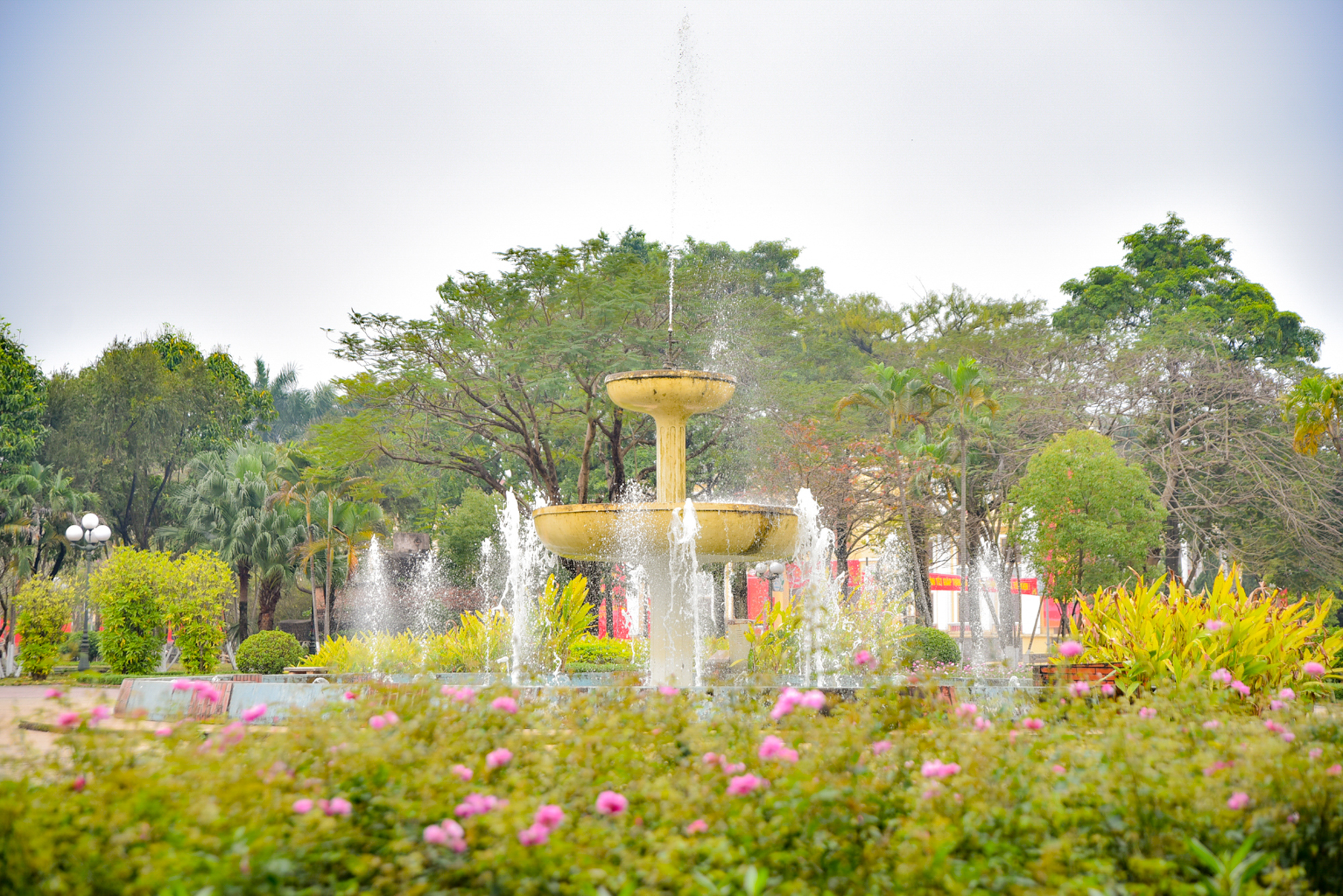
Along with the rapid development, the city is also focused on becoming a green, smart, and sustainable city, improving the quality of life with many trees along roads and parks for relaxation, entertainment, and recreation. The image shows Phu Ly Flower Garden.
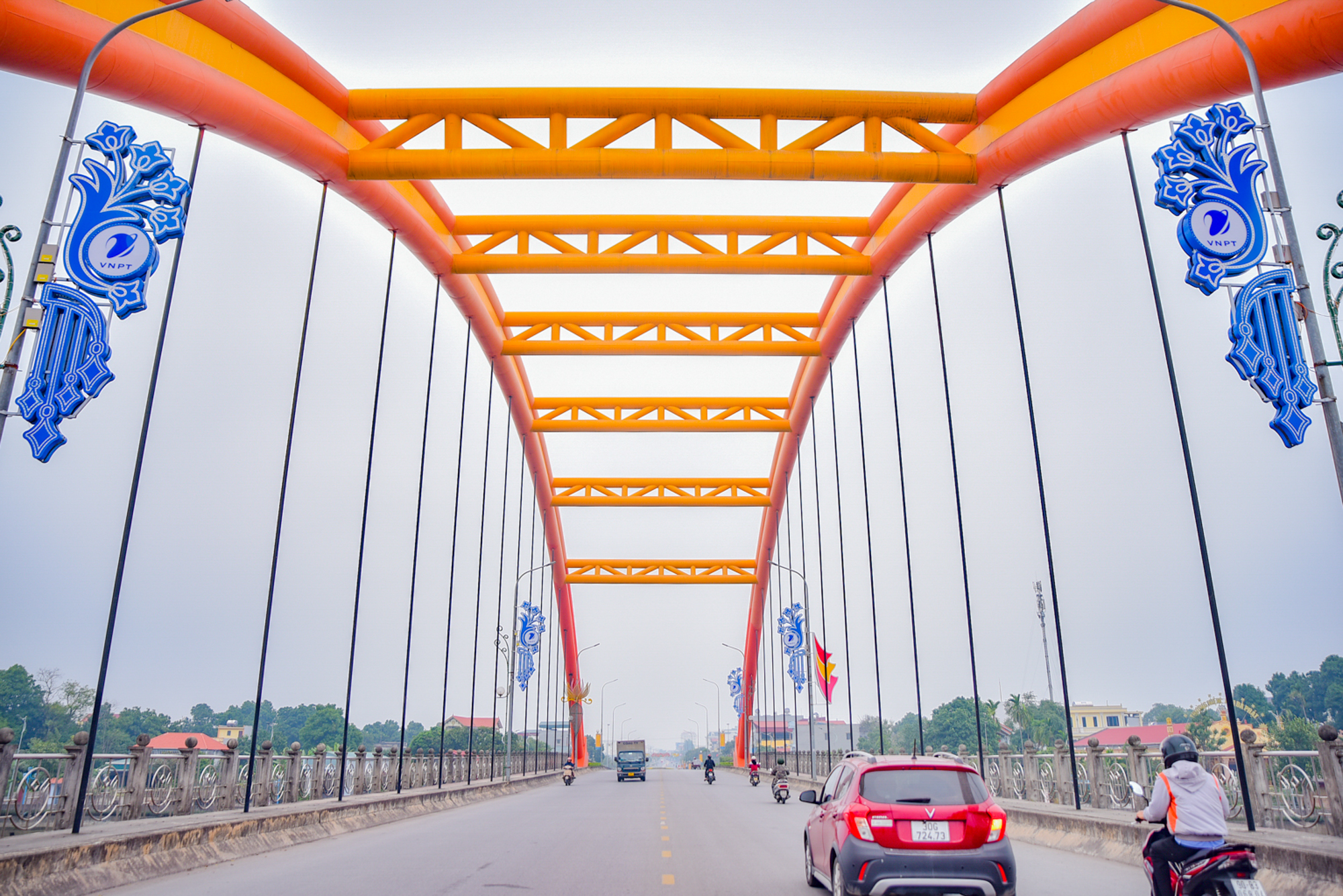
When visiting Phu Ly, the unique and eye-catching architectural bridges are always a highlight for tourists. The construction of bridges in the city has special significance in the development of the economy and society. It helps connect transportation between regions and contributes to the effective use of investment capital. The image shows Chau Giang Bridge.
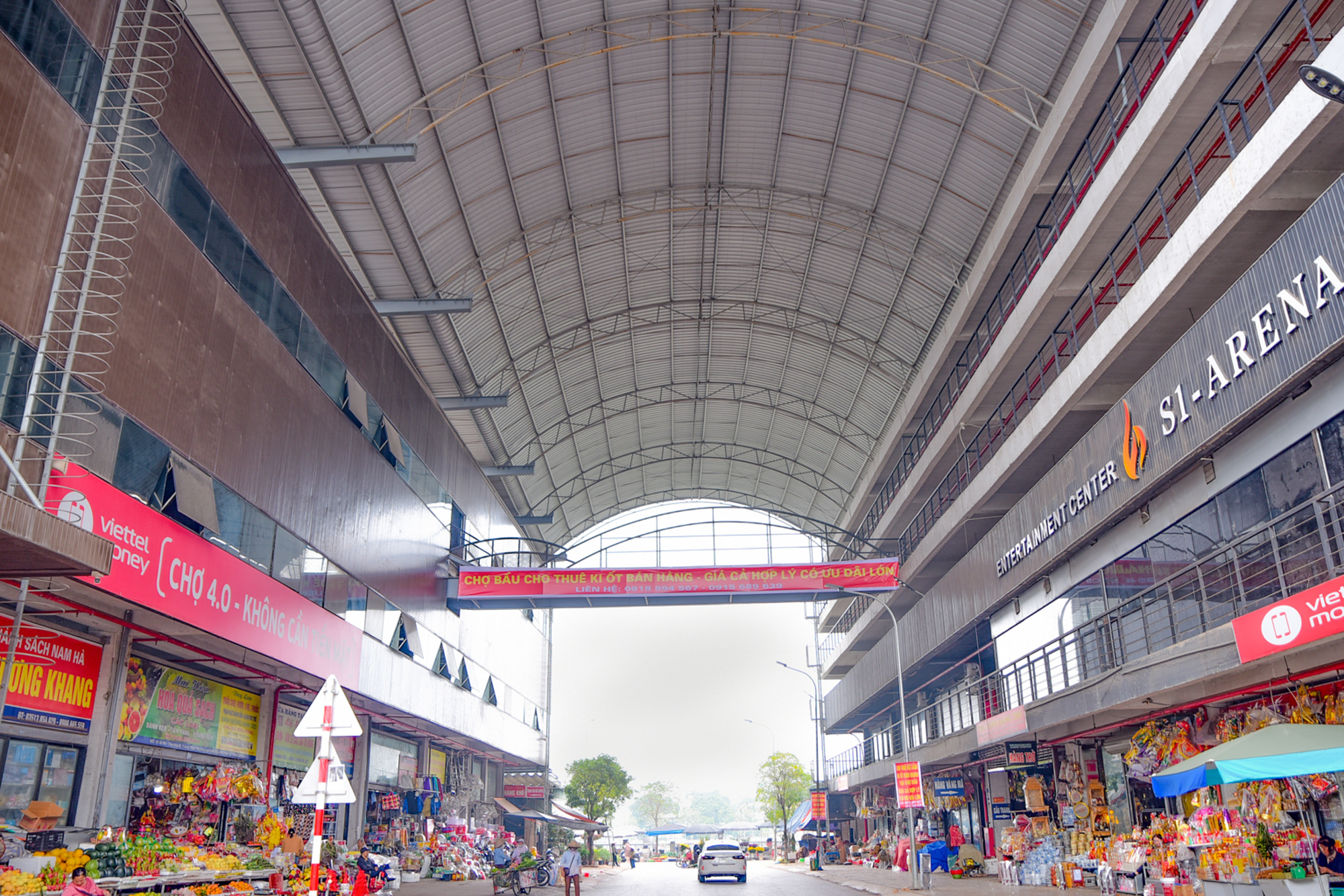
Bau Market is the only market in Ha Nam province designed with modern features. The market has now applied the 4.0 market model. Visitors and residents can freely shop and exchange without carrying cash.

To achieve the goal of becoming a grade 1 urban area in the near future, Phu Ly will continue to improve planning work, mobilize investment capital to develop technical infrastructure, and expand urban space. Along with that is the development of a green, smart, and sustainable urban area; focusing on investing in the construction of key transport works to promote local socio-economic development.
The city of the future is a photo lineup of the localities that have been planned and aimed to become cities












